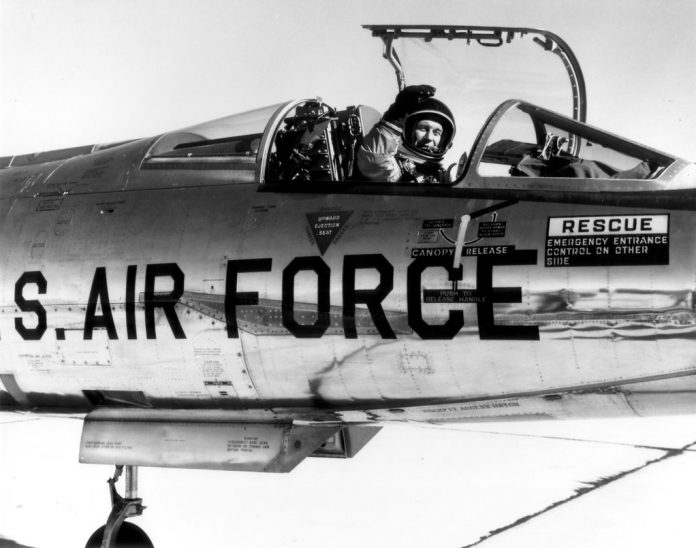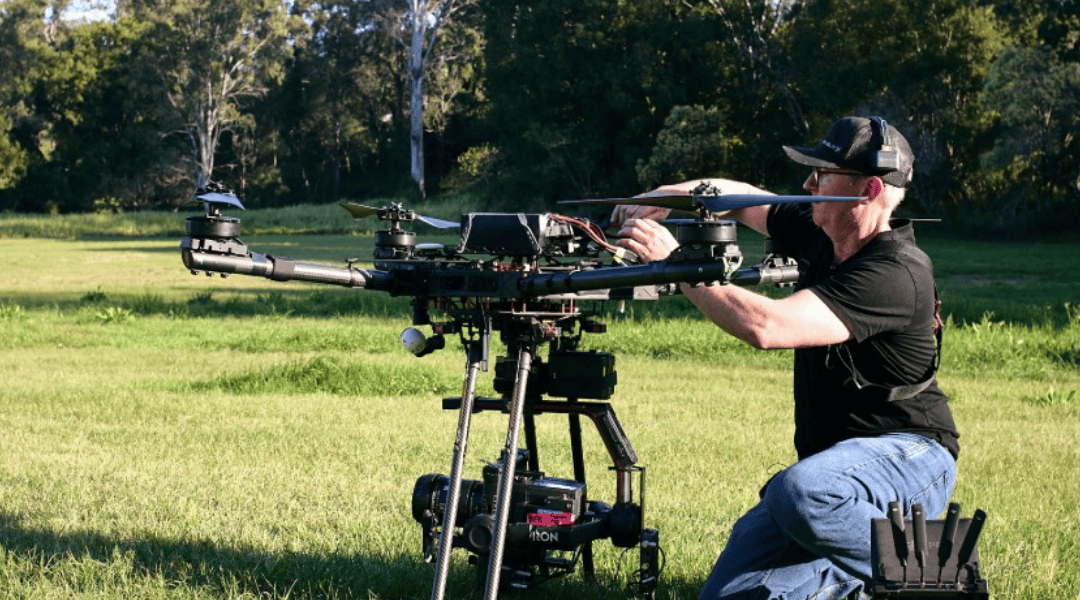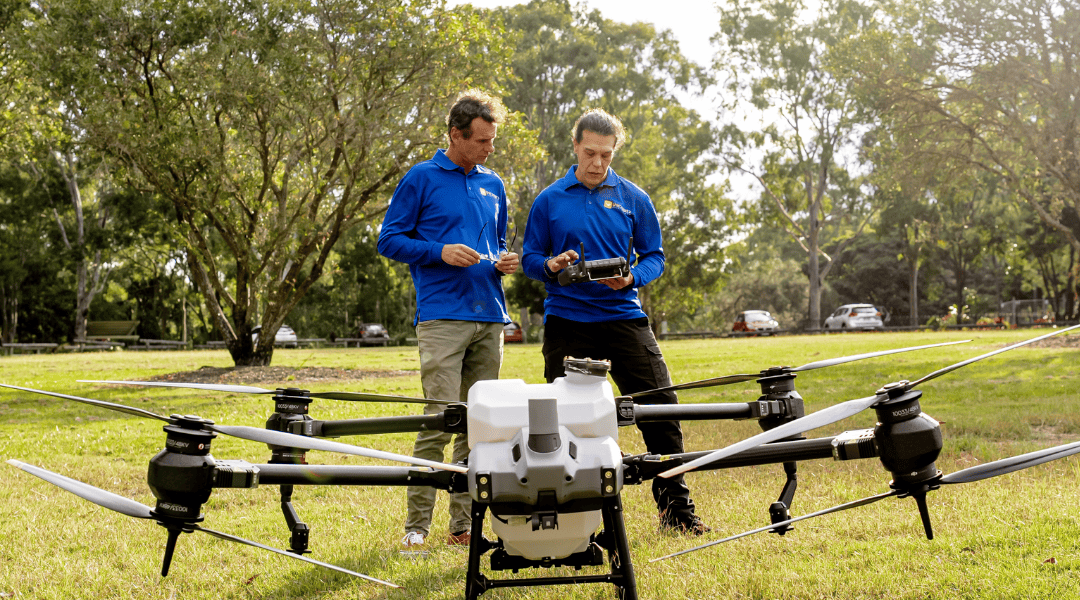
Chuck Yeager, the first pilot to fly faster than the speed of sound, died today. He was 97. His death severs the last living link with the pioneering age of aviation.
In 1947 Yeager flew the experimental Bell X-1 rocket-powered airplane which had been developed using theoretical knowledge acquired from German research in World War II. The X-1 was carried into the air attached to the bomb bay of a B-29 bomber and, once dropped from level flight, ignited its four-chamber rocket.
Yeager, famously, had injured his ribs in a horse-riding accident before the flight. Worried about his ability to operate the aircraft hatch but unwilling to stand down, he confided in a colleague who supplied a sawn-off broom handle. As a lever it solved the cockpit hatch closing problem. The flight went without a hitch and the much feared sound barrier, which had led to the death of at least one test pilot—Geoffrey de Havilland Jr in the British DH-108—proved to be easily crossed in an appropriately designed aircraft (the X-1’s fuselage was modelled on a bullet, which was known to be supersonic).
Official secrecy meant the X-1’s supersonic flight was not acknowledged by the US Air Force until the following year. Yeager continued as a test pilot, living with his wife and children in the spartan accommodation at Muroc (later Edwards) Air Force Base. He commanded great professional respect but celebrity came many years later with the publication of Tom Wolfe’s epic history of aviation and spaceflight, The Right Stuff, in 1979, and its film adaptation in 1983.
Yeager was hero worshipped for the last 40 years of his life as the personification of the right stuff, but the truth, as with most things in aviation, was more complex and subtle. Although blessed with remarkable abilities and aptitude—his eyesight was assessed at 20/10 meaning he could perceive shapes and objects at twice the range of most people—he did not solely rely on these, instead ensuring his survival through thorough planning and study. (The scene of him ‘stealing’ a Lockheed NF-104 in The Right Stuff film was, needless to say, a Hollywood fabrication.)
In his autobiography he wrote, ‘I was always afraid of dying. Always. It was my fear that made me learn everything I could about my airplane and my emergency equipment, and kept me flying respectful of my machine and always alert in the cockpit.’





-Don’t forget he would not have achieved that without the full flying tail plane given to them by the British. They were struggling until it was installed.
My Aviation hero , a legend.
We mortals salute you sir, may you always RIP. You have proven to be the giant among our heroes and we salute your humble and professionalism.
humble nature and professionalism